The minimum thickness for pouring concrete onto concrete is 1.5 inches. In most cases, I don't like pouring new concrete less than 2 inches thick. Two inches (or more) of bonded concrete give it adequate strength for a wear surface, especially if you drive on it. With regular maintenance and care, concrete can last for many years, but it will eventually wear out.
When you do, you will need to repair or replace it. Many people consider adding a new layer rather than digging it up and starting over, but can you pour new concrete over old concrete? Like everything else in the world, concrete also has a lifespan and wears out over time. Imperfections form when concrete hardens or sinks into the ground. Pouring fresh concrete over existing concrete is a common way to level old slabs and repair damage.
Unbonded overlays often have a minimum thickness of 4 to 11 and are suitable for when the base slab has cracks and only serve as structural support of the base. Cracks will show through a partially adhered or unbonded overlay; thicker overlaps will prevent cracking. Welded wire fabric or armor reinforcement will also hold the overlapping slab and prevent cracking. When considering the thickness you want new concrete to have, it is important to consider the environment where the concrete will be.
If your existing concrete looks unsightly due to stains, pitting, or aging, adding a new layer can give your space a fresher look. Embossed concrete is also called textured or printed concrete and reproduces other materials such as brick, stone or wood. Concrete doesn't normally stick to wood, but you can coat the inside of the shapes with vegetable oil to remove them more easily once the concrete has cured. See what you need to know about pouring concrete on concrete, including crucial steps, tips, and proper thickness for concrete over concrete screed.
One of the main reasons why you can consider pouring new concrete over the old one is purely aesthetic, visually appealing. Similar to pouring a new layer on top of existing concrete, repaving old concrete will require cleaning and preparing the surface. Yes, you can place new concrete over old concrete as long as there are no problems such as significant cracks or frost with your existing concrete. It is necessary for water to penetrate the old concrete before covering it with new concrete, so that the new one adheres to the old surface.
Small, shallow surface cracks, cracks or incrustations are suitable for covering with another layer of concrete once loose material is removed. For this reason, you can decide to pour a layer of new concrete simply to create a patterned pattern. The new concrete layer will be laid on top of the old layer but will not melt, which will make the material weaker than the original layer. A bonding adhesive is used on concrete to ensure that new concrete adheres properly to existing concrete.
Concrete that dries too quickly is subject to short cracks, cracking, creaking, flaking, or chipping problems. You can find several commercial adhesive agents that you can apply to your existing concrete with a rag or brush before pouring the new concrete layer.
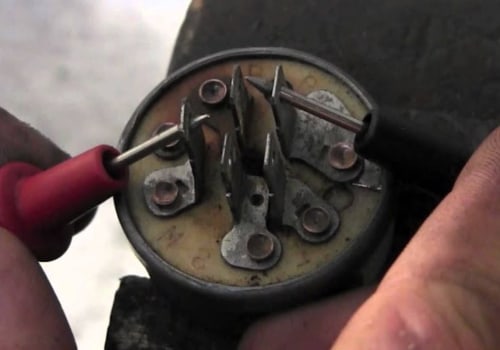
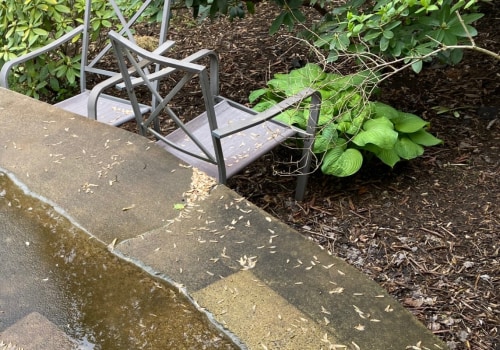
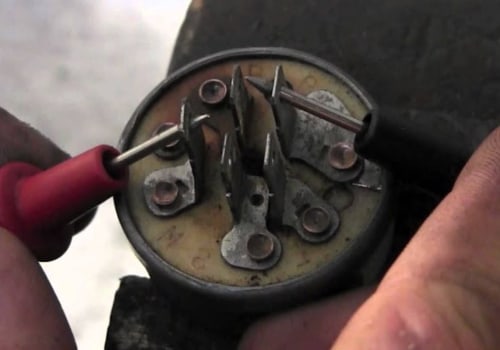
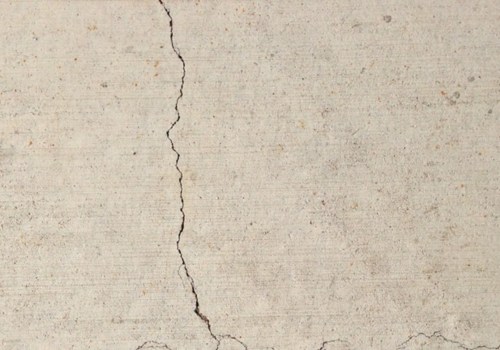

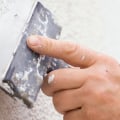
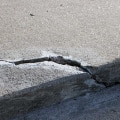
Leave Reply